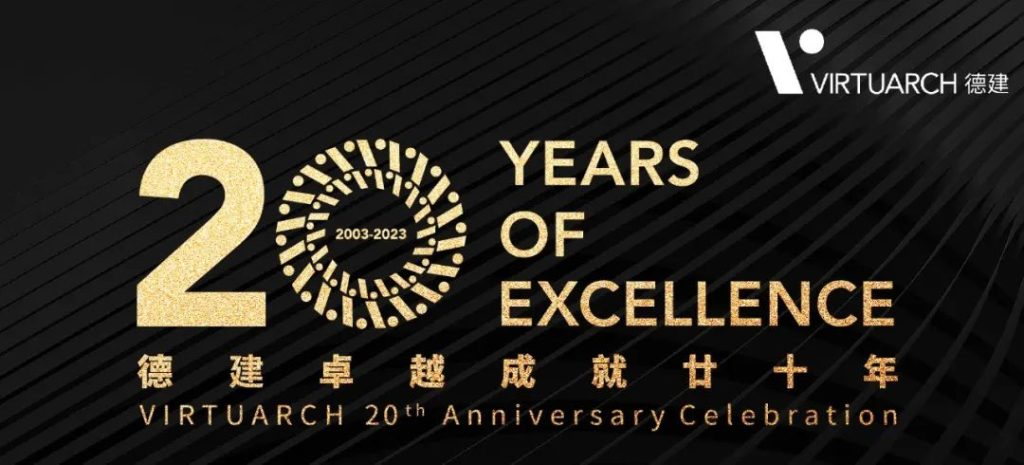EXPERT TALKS | Sustainability in R&D, Industry and Workplaces
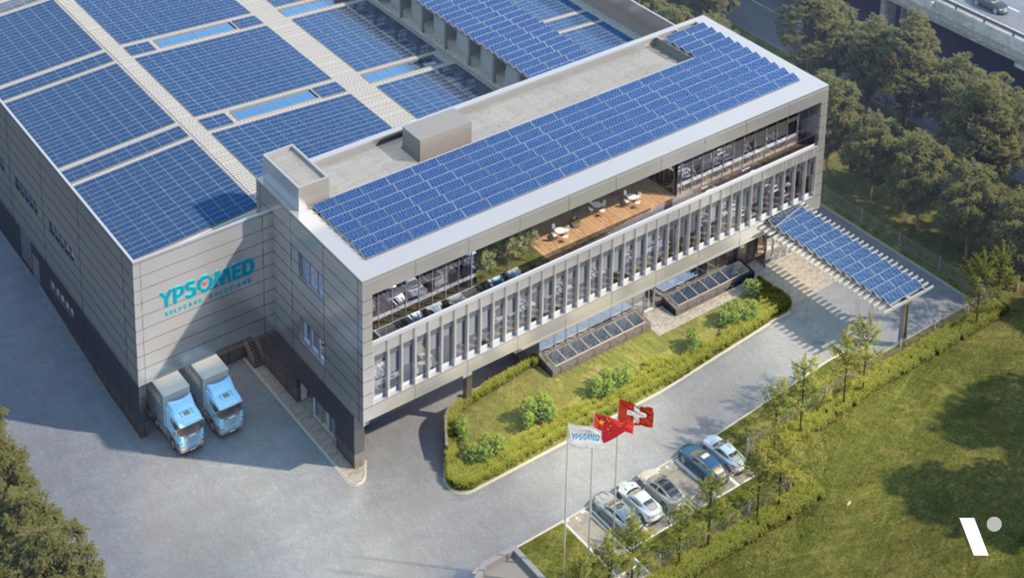
When entrusted with the renovation and upgrading of industrial facilities, optimizing energy consumption and production efficiency are factors of paramount importance for the long-term sustainability of the project. In our recent Expert Talk, VIRTUARCH and TECHNICONSULT explored the latest trends in Sustainability within Industry, R&D, and Workspaces.
Daniel HEUSSER: What is the approach of TECHNICONSULT when addressing sustainability issues?
Pier Angelo GALLIGANI
Our sustainability approach aligns with the United Nations’ 17 Sustainable Development Goals (SDGs), and considering the industrial sectors we operate in, we mainly focus on climate action. We prioritize efficient resource utilization, renewable energy adoption, decarbonization and circularity.
Decarbonization, which involves reducing CO2 emissions, serves as the initial step towards climate action. Therefore, it’s crucial in our job considering the different sources of CO2 emissions, in order to address them through specific strategies.
For example, one strategy consists in reducing reliance on fossil fuels for power generation by transitioning to electricity. For instance, replacing boilers with heat pumps in hot water production systems can be an effective solution.
Preventing losses of refrigerant gases is also crucial, with containment techniques available for additional refrigeration systems. Furthermore, advancements in refrigerant technology offer more environmentally friendly options (i.e.: refrigerants with zero-ODP=Ozone Depletion Potential or low-GWP=Global Warming Potential).
Another strategy is leveraging green energy from renewable sources like wind and solar. Implementing photovoltaic systems within the company can effectively decrease CO2 emissions.
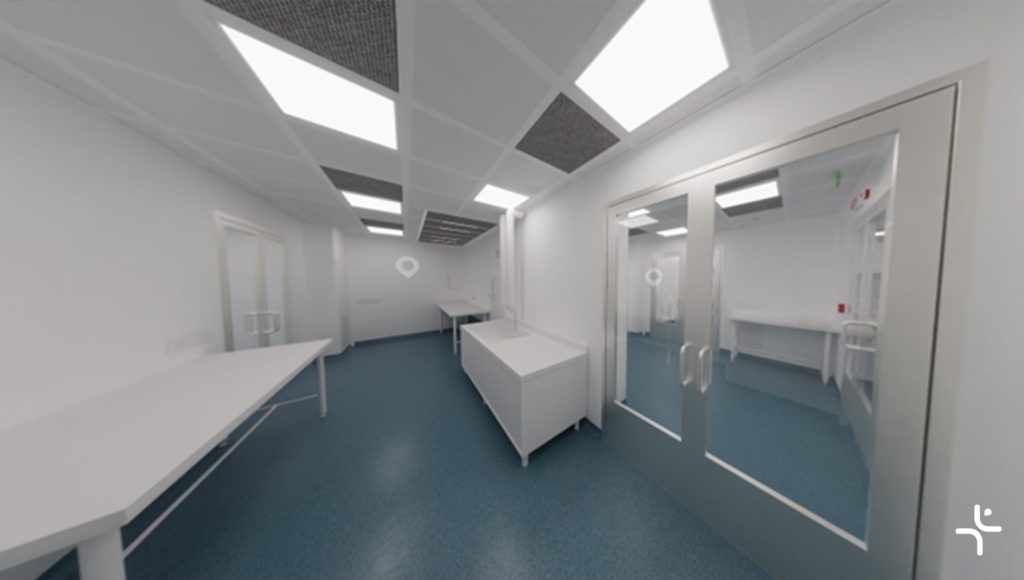
Renovation of a manufacturing facility to produce biotech products
Haitao ZHANG
From an architectural perspective, when addressing energy consumption and sustainability concerns, what we tend to prioritize is the building orientation and the building shell design. Our ongoing project in China for YPSOMED, a Swiss medtech company, exemplifies our approach.
For YPSOMED near Shanghai, managing heat is crucial due to the location’s climate, requiring year-round cooling measures. Our approach involves minimizing external heat loads by integrating a shading system with automatic control in the facade, effectively blocking heat and direct sunlight. We carefully designed the facade frame and balanced solid panels with transparent glass to maintain efficiency. Across all our projects in Asia, we incorporate photovoltaic systems on roofs to leverage solar energy, contributing to our commitment to sustainable design and energy efficiency.
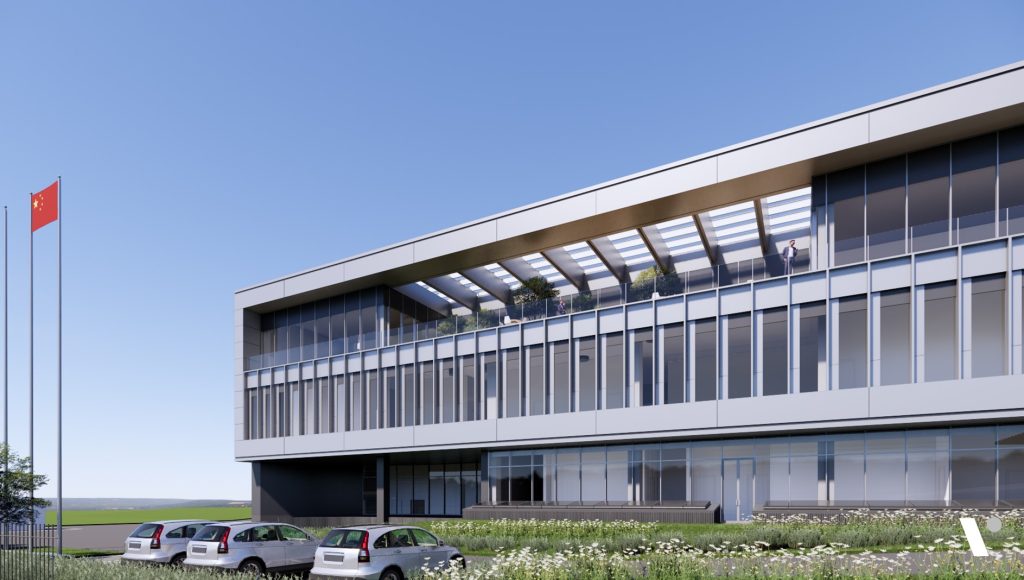
The moving shading system incorporated into the facade effectively blocks heat and sunlight
Daniel HEUSSER: From engineering perspective, especially in pharmaceuticals and life sciences industry, which areas offer greater potential for energy savings in renovation projects?
Pier Angelo GALLIGANI
Measures concerning HVAC (heating, ventilation, and air conditioning), plant utilities and BMS (Building Management System) turn out to be win-win solutions as they guarantee high decarbonization and energy saving results and short payback time.
Considering HVAC systems, one of the most important sources of energy consumption is the ventilation system. Reducing the size of ventilated areas and optimizing the airflow rates in classified areas, is paramount in energy savings.
Actions on clean utilities and manufacturing process could entail significant energy savings but the payback time is generally higher, and the constraints of Good Manufacturing Practice (GMP) regulations can limit the viable options.
As an example, we were entrusted to renovate an existing building to accommodate lab departments and expand it for office space. The project was realized by adhering to requirements for flexibility and lean operations. This approach led us to build operationally efficient buildings by grouping areas with similar processes, thus minimizing space and energy demands. Moreover, traditional lab exhaust systems with separate fans were replaced with centralized systems featuring variable air volume control for enhanced energy efficiency.
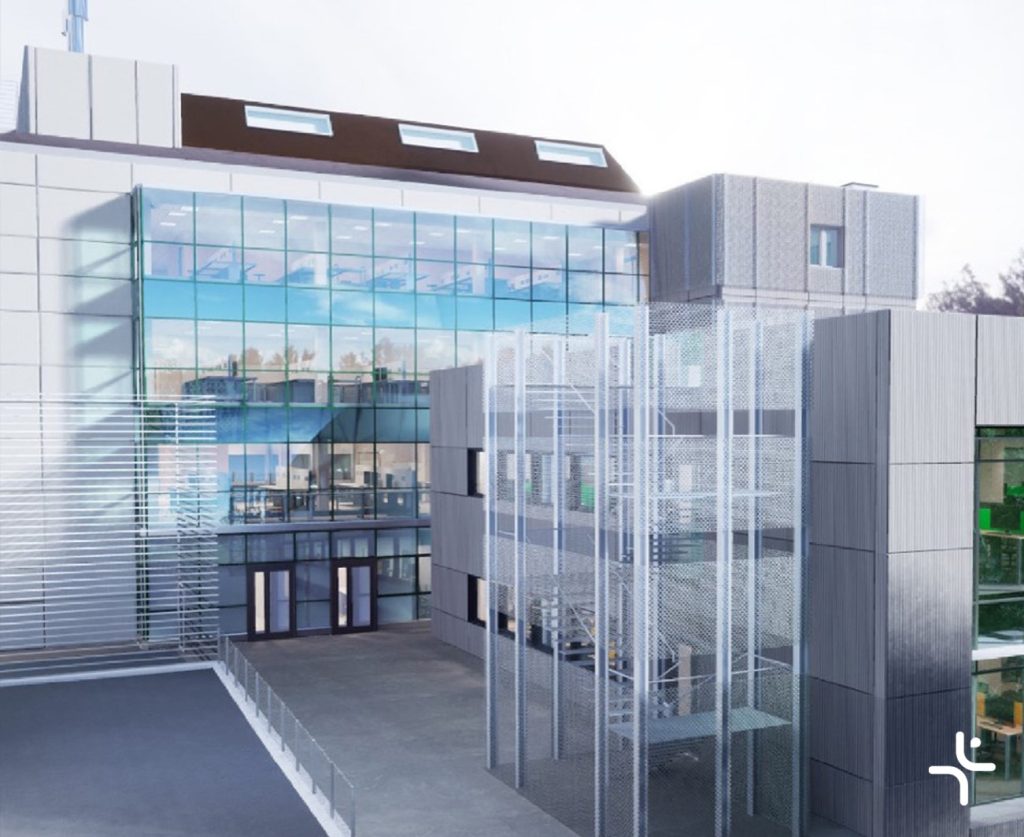
TR&D laboratories and offices project realized by TECHNICONSULT
Daniel HEUSSER: What are the main approaches in industrial architecture when upgrading existing buildings?
Haitao ZHANG
Leveraging the existing structure for the reuse of materials is crucial to conserving significant resources. From this point of view, the renovation project for Belimo is complex yet very interesting for us. The design concept involves the application of facade-integrated photovoltaics, featuring a double-layer curtain wall system with transparent BIPV panels for shading and green energy generation. Renovating the warehouse facade, we reused existing materials, exemplifying our sustainability practices and cost savings. It is worth mentioning that Belimo aims for LEED Platinum certification, rare for industrial buildings, highlighting the commitment to environmental standards.
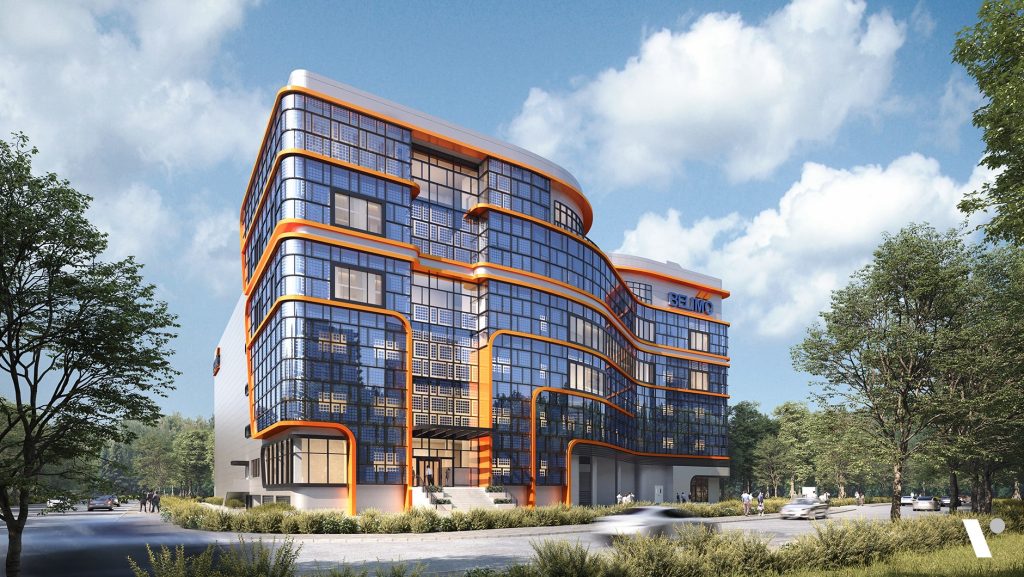
BELIMO’s factory façade with BIPV panels for shading and green energy generation
Daniel HEUSSER
Re-using existing structures and materials is a good strategy in reducing a building’s CO2 footprint. We have done that also in the project for SULZER in Suzhou, where we have selected recycled wood from demolished buildings for all wooden floors and ceilings in the office building of SULZER.
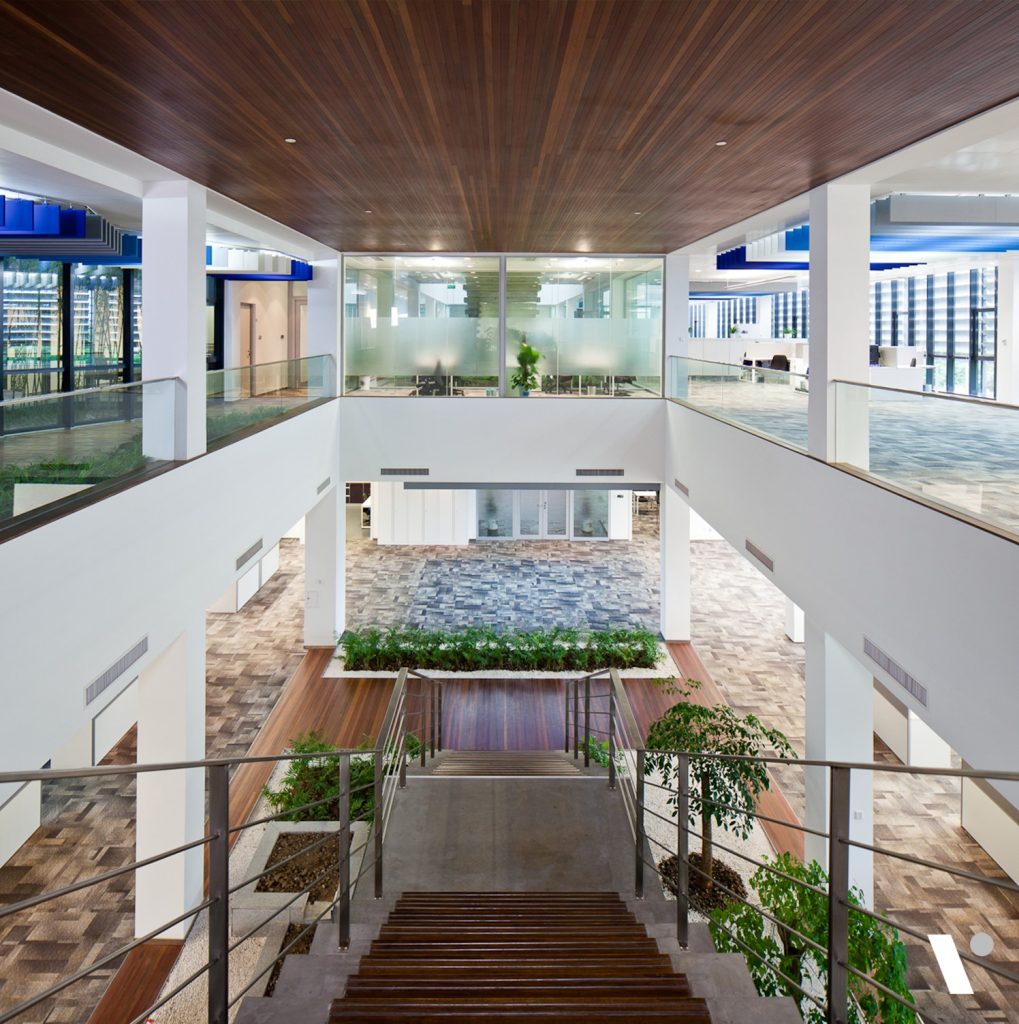
Recycled wood from demolished buildings re-used for the interiors of Sulzer
In conclusion, sustainability is at the forefront of industrial facility renovation, with a focus on optimizing energy consumption and production efficiency. Our recent Expert Talk explored various strategies employed by VIRTUARCH and TECHNICONSULT in addressing sustainability challenges within R&D, industry, and workplaces, respectively from an architecture and engineering point of view. These efforts not only enhance operational efficiency and minimize environmental impact but also contribute to the long-term sustainability of our projects and the industries we serve.
ABOUT THE EXPERTS
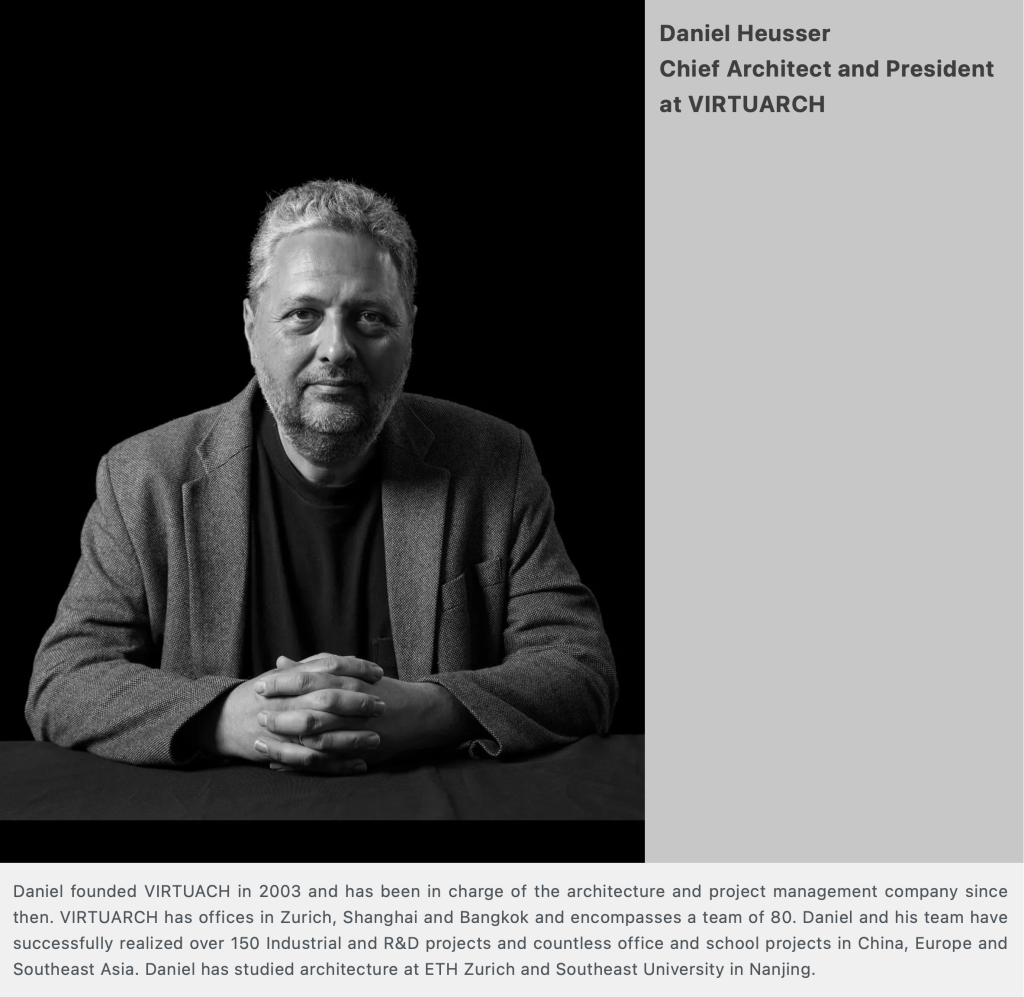
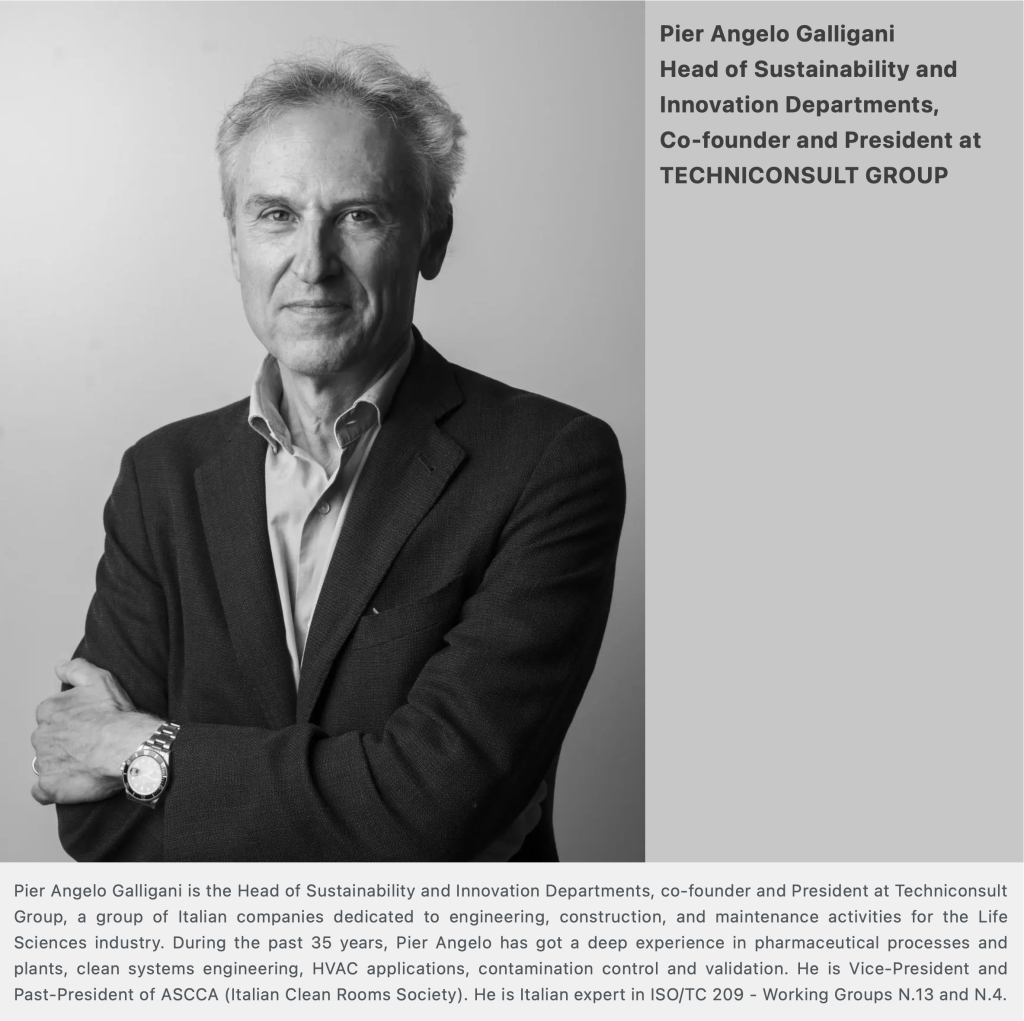
About VIRTUARCH
VIRTUARCH is an architecture and project management company with offices in Switzerland, China and Thailand, specialized in workplaces (Industrial Buildings, R&D Facilities, Offices and Headquarter Buildings), as well as in the field of education (Kindergartens, Schools, Universities, Vocational Training Centers, Adult Education). VIRTUARCH has successfully realized more than 500 projects in Europe and Asia for Multinational Corporations and Small and Medium-Sized Companies, often being Market Leaders and Hidden Champions in their fields.
About TECHNICONSULT
Techniconsult Group is a Consultancy, Engineering company capable of supporting customers throughout the entire project life cycle. Techniconsult Group offers a comprehensive range of services for the Life Sciences industry. From initial consulting and design to procurement assistance, site management, construction, start-up, commissioning, qualification, and maintenance.
ARCHITECTURE | INTERIORS | PROJECT MANAGEMENT
ZURICH | SHANGHAI | BANGKOK
